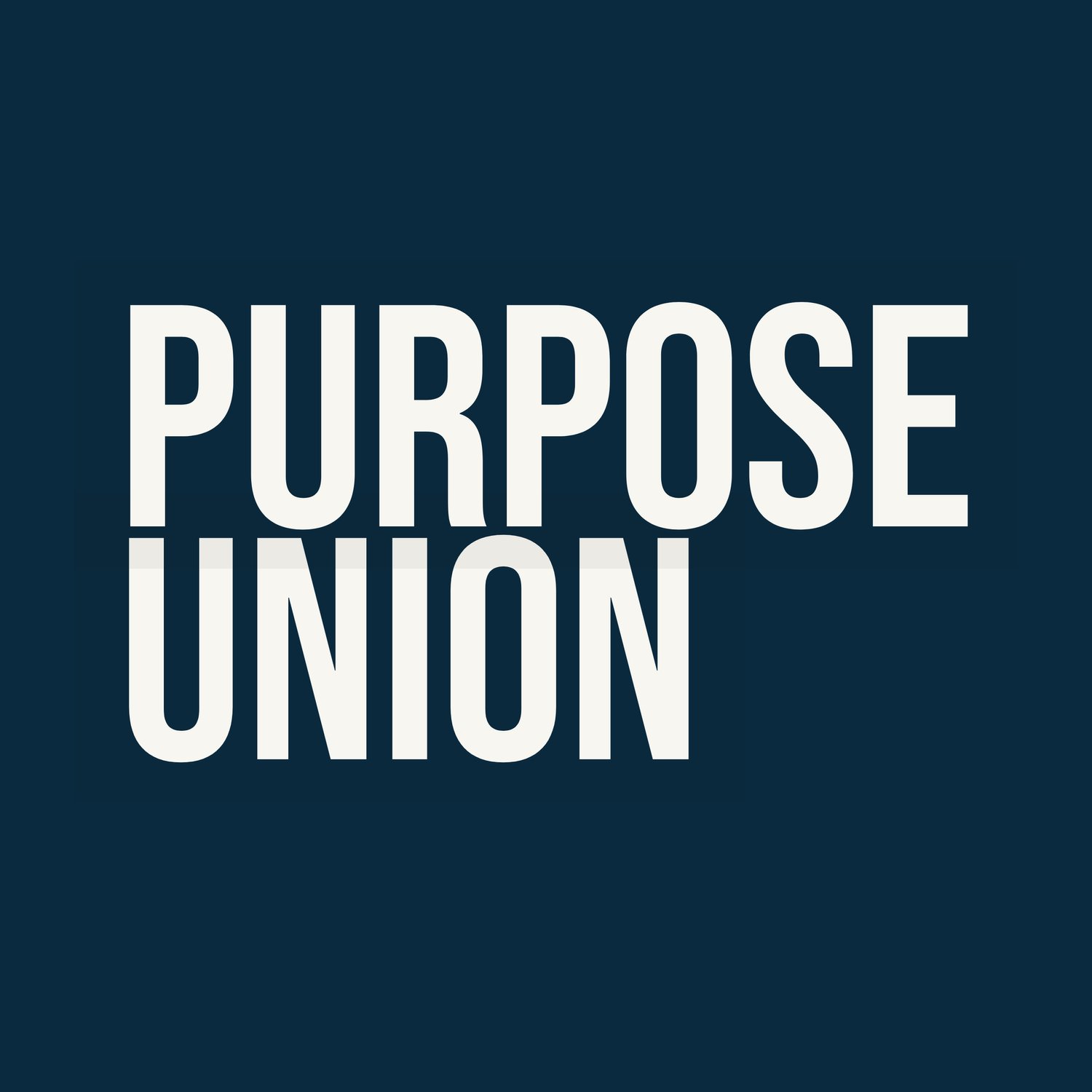How can we break the vicious cycle of inequality and climate collapse?
By Cassius Naylor
As we approach COP28, Purpose Union is delving into issues that sit alongside the climate discussion. In this latest piece by Cassius Naylor we explore climate and class.
“Climate change is more than an environmental crisis – it is a social crisis and compels us to address issues of inequality on many levels: between wealthy and poor countries; between rich and poor within countries; between men and women, and between generations.” [World Bank]
In the wealthier parts of the world, there is a tendency to forget that socioeconomic class and inequality are intrinsically linked to the ongoing climate crisis.
This interplay exists in many dimensions, accounting for imbalances of power between people based on their geographical locations; their financial, socio-economic, cultural, and gender status; and their access to resources, services, decision-making power, and justice. ‘Climate change’ itself is a simple term that describes a web of interconnecting ecosystemic crises, each presenting a different set of challenges and class-based inequalities.
In this piece, I want to briefly present the dynamic at play, and introduce a framework for policymakers to address it.
The Interlinked Dynamics of Climate Change and Inequality
Climate change intensifies inequalities in three critical ways, as identified by the UN. Firstly, disadvantaged groups face increased exposure to adverse effects, such as flooding, due to socioeconomic constraints. Second, these groups are more susceptible to damage caused by climate change; merely look to the sight of private firefighters in California for evidence of this. Lastly, climate change diminishes the ability of disadvantaged groups to cope and recover, compounding their vulnerability, especially those from lower socioeconomic backgrounds and marginalised communities.
Increased inequality contributes to the worsening of climate change and correlates to increased per capita levels of waste generation, water use, and meat and fish consumption, according to OECD figures cited by the UN. Economically disadvantaged individuals, particularly those in less developed areas, must often rely on day-to-day practices that are harmful for the environment such as burning coal for cooking or heating. These processes perpetuate a cycle of environmental pressures at both extremes of prosperity.
In this way we see that inequality exacerbates climate change, and climate change in turn exacerbates inequality - this is the vicious cycle.
A call to action: from Vicious to Virtuous
Disrupting this cycle requires acknowledging the role of policymakers in wealthier nations. These stakeholders continue to benefit from the system of global class hierarchy. Embracing the Rio 1992 principle of Common But Differentiated Responsibility, limiting consumption and emissions while also recognising the disproportionate responsibility of the Global North are essential steps.
This responsibility extends to companies: a 2017 CDP report revealed that only 100 companies were responsible for more than 70% of GHG emissions since 1988. Even more striking is this week’s insight from Oxfam on the environmental impact of the planet’s highest net-worth individuals - a so-called ‘polluter elite’ - as detailed in the Guardian.
To properly tackle climate change and inequality in the round, the narrative must centre on those most affected: woman-led households, children, persons with disabilities, Indigenous Peoples, ethnic minorities, and other socially marginalised groups. Inclusivity and justice should guide policy decisions, with a recognition of the value of diverse forms of knowledge - especially local and Indigenous practices - in building climate resilience.
Ultimately this requires a bigger attitude shift, from a shareholder-centric to a stakeholder-centric model of business which accounts for the prosperity, security and dignity of the entire community - not just a select demographic of direct beneficiaries - when determining economic and development strategy. At the outset, though, appreciating the complex nature of inequality - intertwined with gender, ethnic identity, and disability status - is crucial for designing solutions to address its exacerbating effect on climate change.
Closing thoughts
Kofi Annan once said that climate change is an issue wherein we’re all in the same boat. But we’re not all in the same boat; we’re on the same sea, but some of us are in yachts and others - some figuratively, some literally - are in dinghies.
Purpose Union is uniquely situated to guide business and policymakers through this crucial transition; we recognise the interconnectedness of climate action, social justice, socio-economic development and inclusive best practices. We specialise in designing holistic solutions for our clients in line with this approach.
Get in touch if we can help you with your social purpose work through executive advocacy, narrative building and strategic consultancy.
